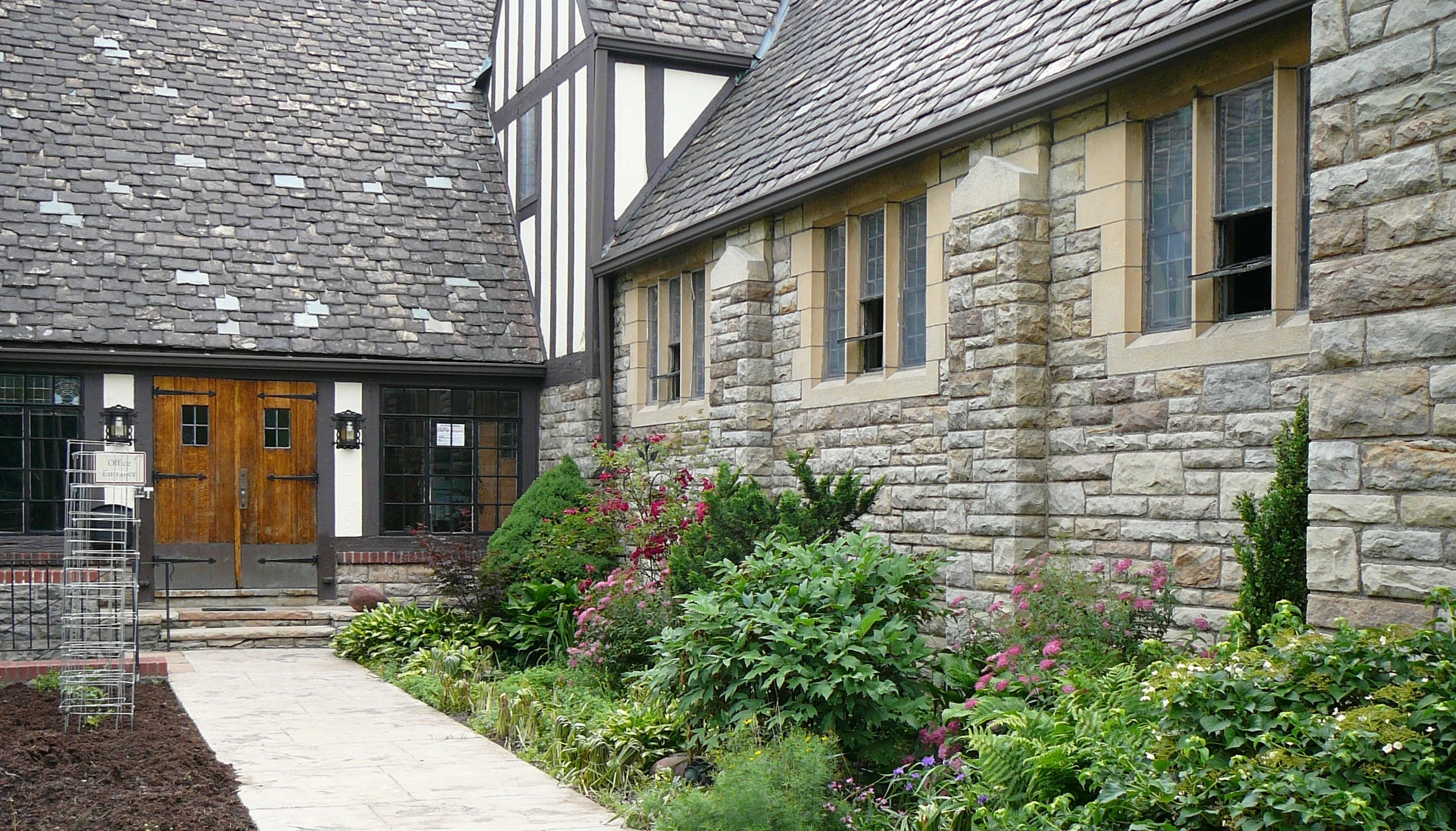Introduction to the New Church
In the New Church, often called the Swedenborgian Church, we worship one God, the Lord Jesus Christ, the Creator of heaven and earth and the Redeemer of the human race, in whom is the Divine Trinity. We teach that the Lord is Love itself and Life itself and that everyone is saved who has a genuine faith in Him. A genuine faith means believing in Him and a life lived according to that belief. The life of religion, then, consists of rejecting evil actions because they are the work of the devil and come from hell. Good actions should be done because they are the work of the Lord and come from Him.
We learn about living the life of religion from the Lord's Three-fold Word, consisting of the Old Testament, the New Testament, and the Writings for the New Church. The Writings for the New Church were written by Emanuel Swedenborg in the 18th century. Everything in the Old and New Testaments is a parable with a deeper meaning that teaches how to live the life of religion leading to heaven. The life of religion is a life of service to the Lord and to the neighbor.
Those who live a religious life in this world choose to live in heaven after death, where they can continue to live a life of service. Those who don't live in such a fashion choose to enter into hell. Hell is not a punishment inflicted by the Lord, but is a way for the Lord to protect the free will of those who choose a life of evil. Our freedom is one of the most important things to the Lord; He would rather allow us to reject Him than force us to love Him, even if it means our unhappiness.
Some of the most important ideas to the New Church are the teachings about marriage. As husband and wife grow closer together and closer to the Lord, their lives become so intertwined as to be one life. Because of this, their marriage continues after death and they live as a married couple in heaven to eternity. Those who die unmarried find a perfect spouse when they enter heaven. This is because marriage is the source of the greatest happiness that two people can experience.
If you have questions about New Church teachings, try asking the chatbot below. NB: This is a fairly early version and its answers are not always fully reliable.

